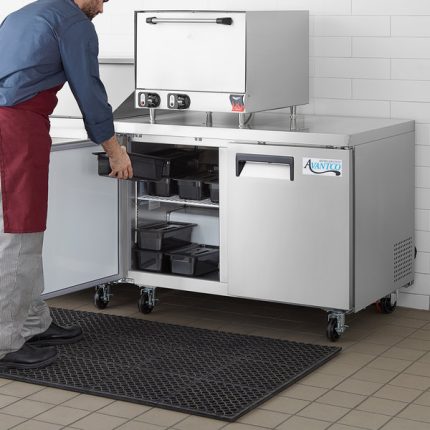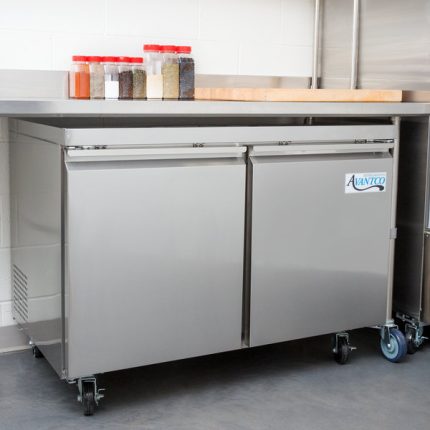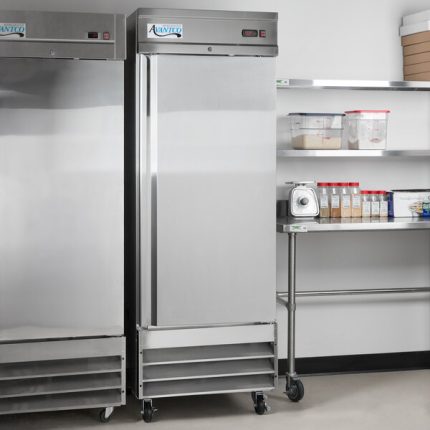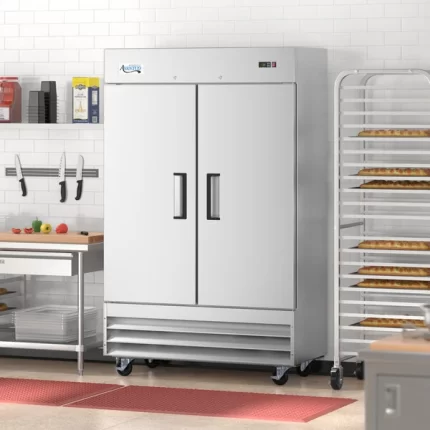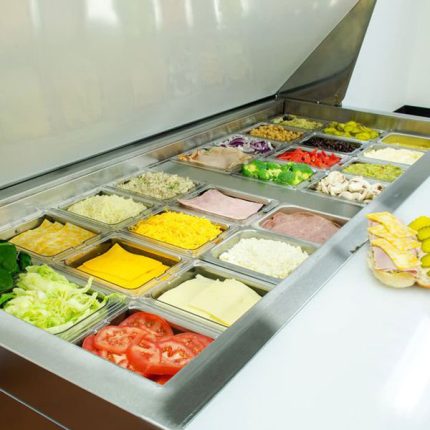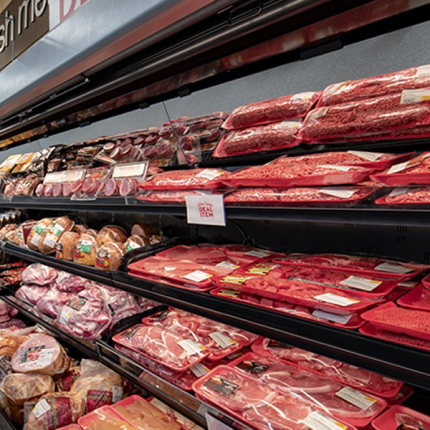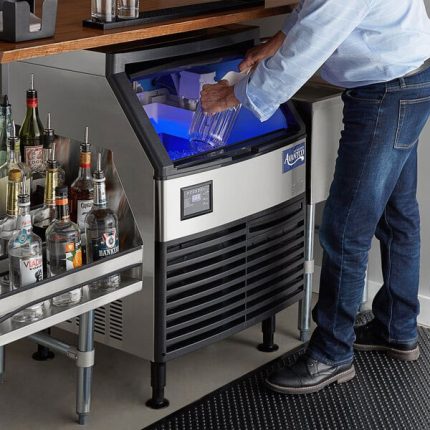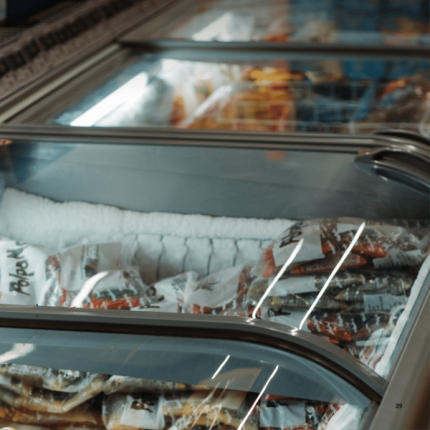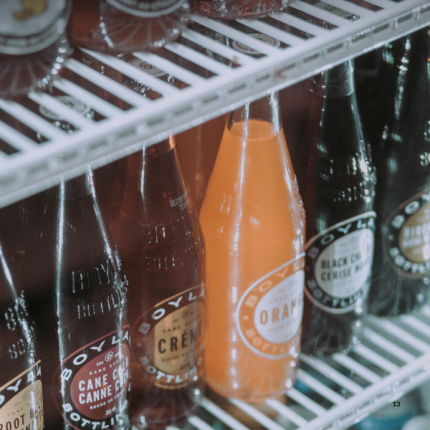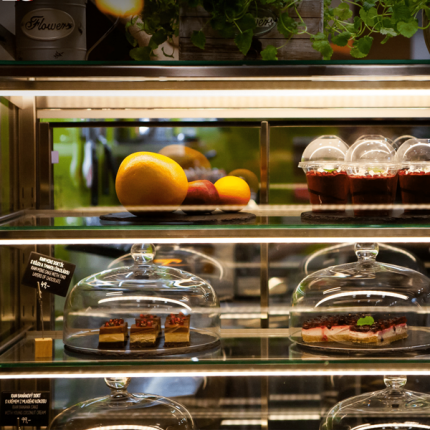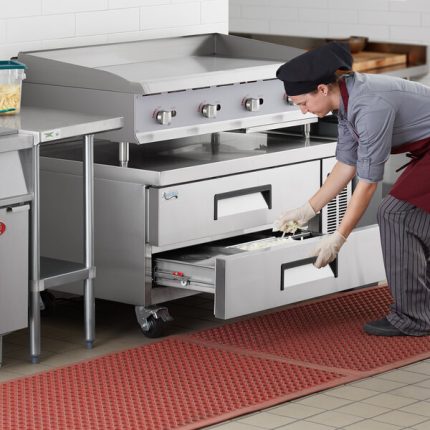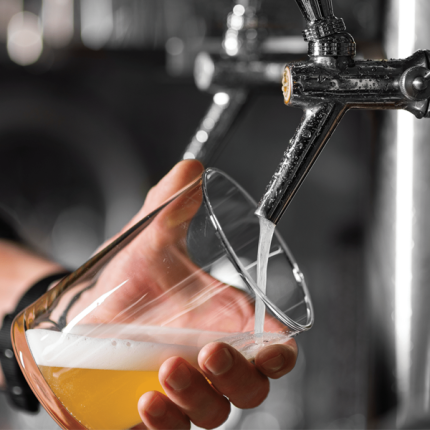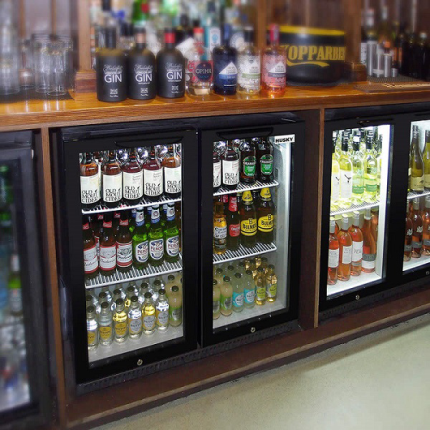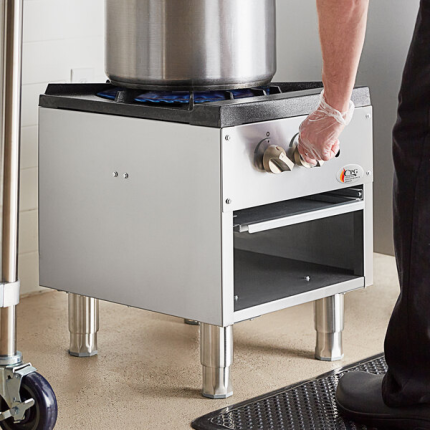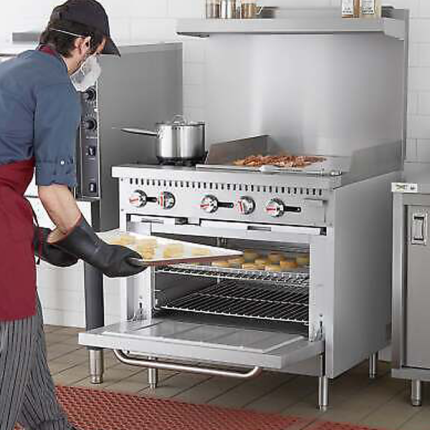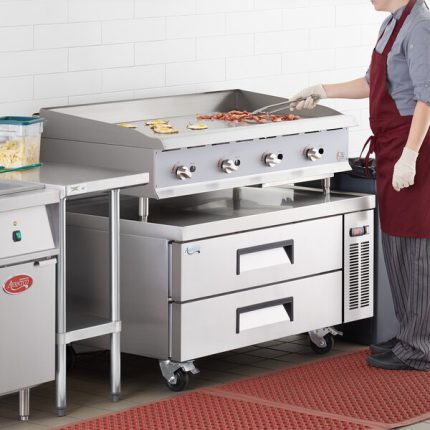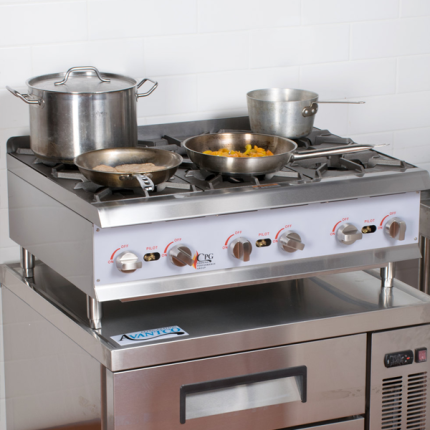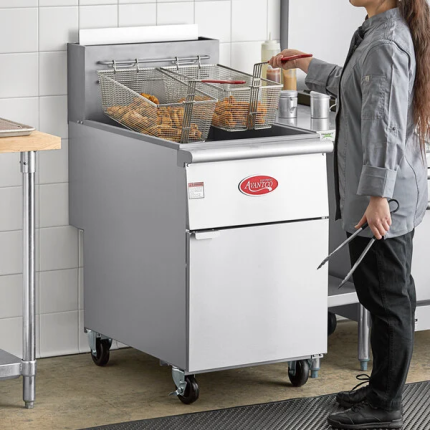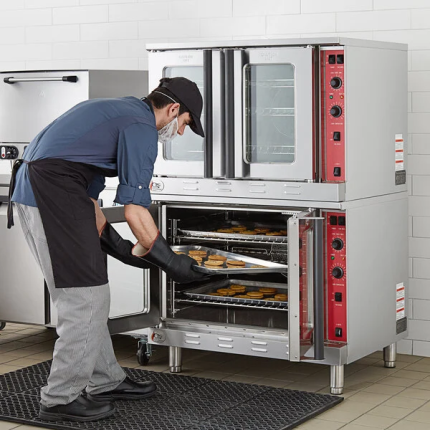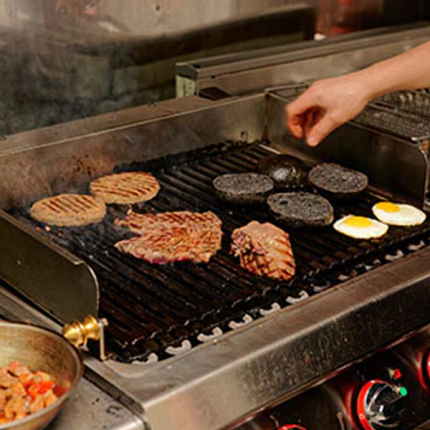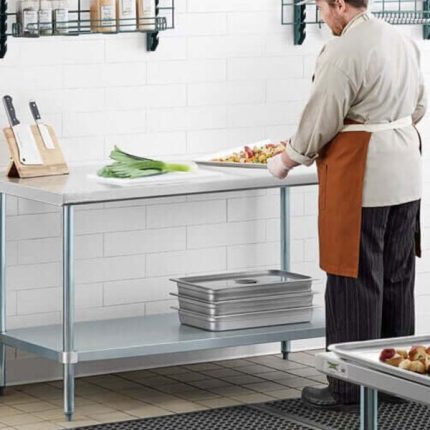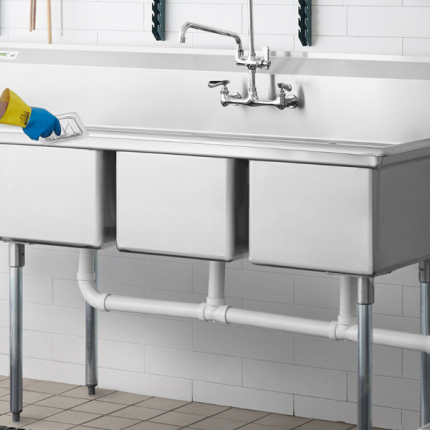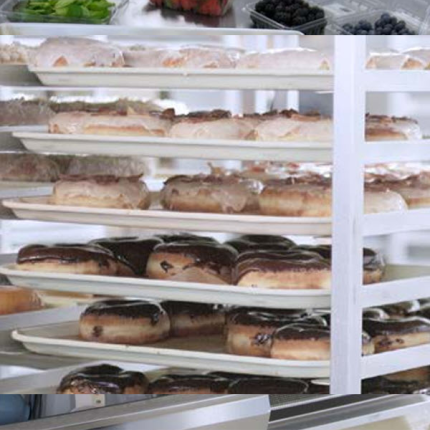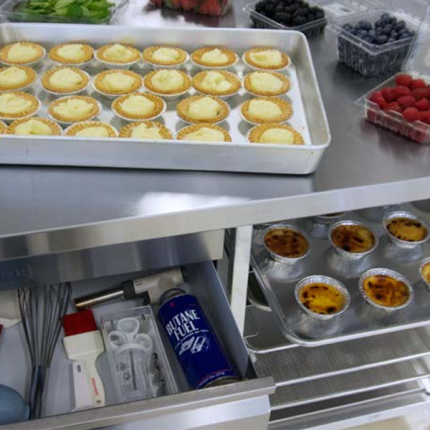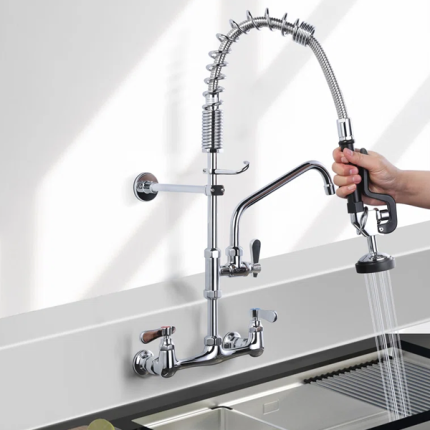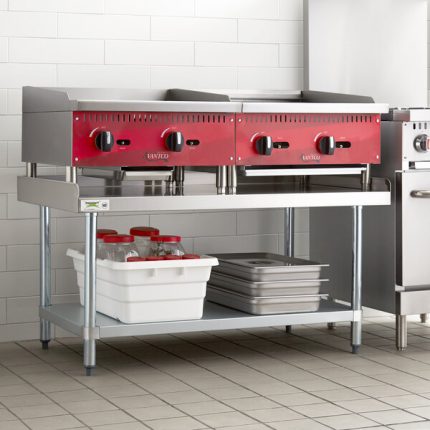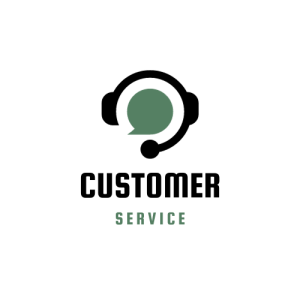How Restaurant Owners Can Improve Demand Forecasting with AI
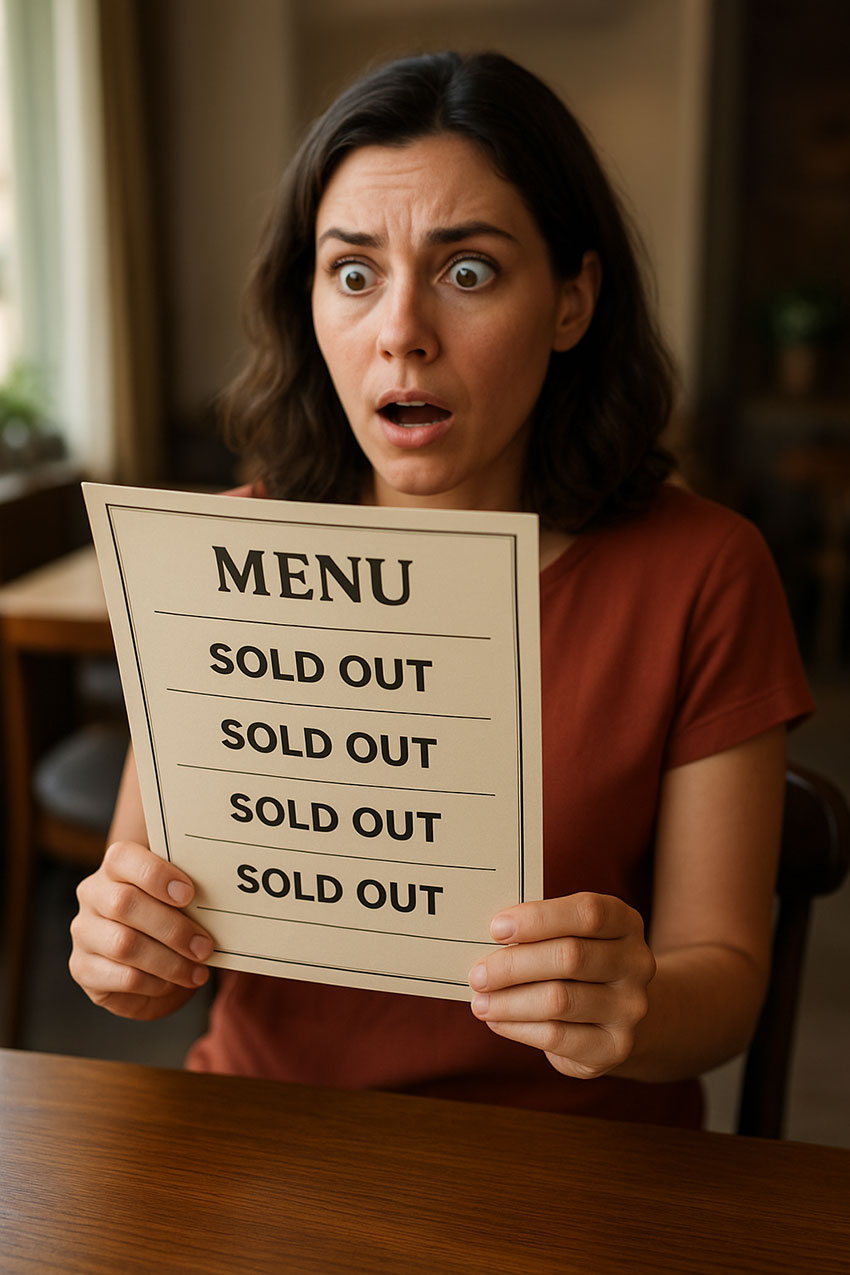
How Restaurant Owners Can Improve Demand Forecasting with AI
Predicting how much of each ingredient or menu item will be needed is one of the biggest challenges for restaurants. Underestimating demand can lead to shortages and disappointed customers, while overestimating leads to excess inventory, higher costs, and food waste. AI-powered demand forecasting helps restaurants solve this problem by analyzing multiple data sources to provide accurate predictions.
AI systems can process:
-
Historical sales data – past orders, daily and weekly sales patterns.
-
Seasonal trends – holidays, festivals, and special occasions.
-
Weather patterns – heatwaves, snow, or rain often affect foot traffic and menu preferences.
-
Social media trends – trending dishes, hashtags, or local events can indicate demand spikes.
Example: A pizzeria can use AI to predict which toppings will be most popular during a major sports event, ensuring they have enough supply without overstocking. Similarly, a café can anticipate a spike in iced drinks during an unusually hot week, adjusting inventory in advance.
Tools for Demand Forecasting:
1. Blue Yonder
-
What it does: Blue Yonder uses machine learning algorithms to forecast demand accurately across multiple locations. It integrates sales history, market trends, and external factors like weather or local events.
-
Key Features:
-
Real-time demand predictions for perishable goods.
-
Automated inventory recommendations.
-
Multi-location demand synchronization for chains or franchises.
-
-
Restaurant Use Case: A restaurant chain can predict lunch rushes for each branch, ensuring that ingredients like fresh vegetables, meats, or bakery items are available without overstocking.
2. Prevedere
-
What it does: Prevedere combines internal sales data with external market indicators to provide predictive analytics. It’s particularly useful for identifying demand fluctuations caused by broader market trends.
-
Key Features:
-
Integration with POS and ERP systems.
-
Predictive analytics based on global and local economic trends.
-
Scenario planning to understand how different variables affect demand.
-
-
Restaurant Use Case: A seafood restaurant can use Prevedere to forecast how demand for fish and seafood might change during holiday seasons or local festivals, helping them adjust orders and minimize waste.


